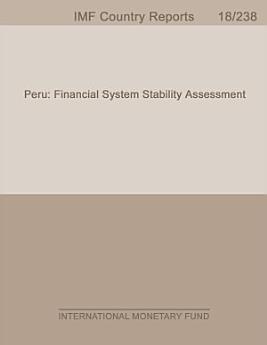Peru: Financial System Stability Assessment
International Monetary Fund. Western Hemisphere Dept.
Jul 2018 · International Monetary Fund
Ebook
64
Pages
reportRatings and reviews aren’t verified Learn More
About this ebook
Peru’s financial system has developed and become more resilient since the previous FSAP in 2011, but some challenges remain. Peru’s main vulnerabilities are external, especially related to growth in trading partners (due to reliance on commodity exports), and exchange rate depreciation (due to significant dollarization), which were confirmed by the Growth-at-Risk (GaR) analysis. Peru is also vulnerable to domestic headwinds, related to uncertainty and spillovers from the ongoing Lava Jato investigation. The banking sector remains highly concentrated, with the four largest banks accounting for 83 percent of total private banking sector assets. These top four banks are all classified as domestic-systemically important banks (D-SIBs) and hence are subject to elevated supervision. The mission’s stress-test analysis showed that the banking system is largely resilient to adverse shocks, largely because of banks’ initial strong capital buffers and profitability. In the adverse scenario, all large banks experience credit losses, but initial high capital and profitability help them remain above the minimum regulatory capital adequacy ratio (CAR) threshold of 10 percent, while, for a few small banks, the CARs fall below the regulatory threshold. The overall banking system’s profits decline substantially in the adverse scenario, with some banks facing losses, but the aggregate capital shortfall for these banks is modest. The interconnectedness/contagion analysis showed that the joint probability of distress across all banks has fallen since the post-global financial crisis peak level it reached in 2010. However, shocks that affect credit exposures, which are strongly correlated among large banks, have the potential to become systemic events, since the banking system is concentrated.
Rate this ebook
Tell us what you think.
Reading information
Smartphones and tablets
Install the Google Play Books app for Android and iPad/iPhone. It syncs automatically with your account and allows you to read online or offline wherever you are.
Laptops and computers
You can listen to audiobooks purchased on Google Play using your computer's web browser.
eReaders and other devices
To read on e-ink devices like Kobo eReaders, you'll need to download a file and transfer it to your device. Follow the detailed Help Center instructions to transfer the files to supported eReaders.








